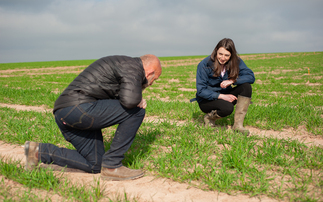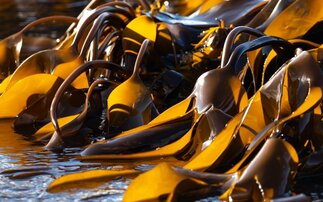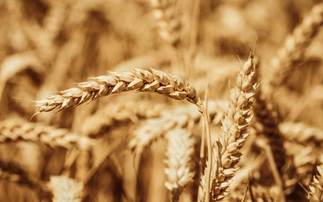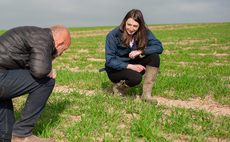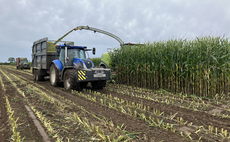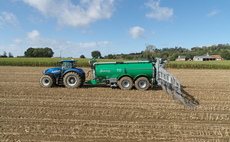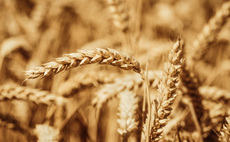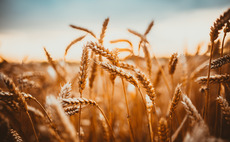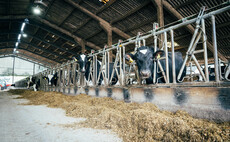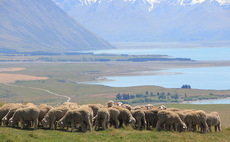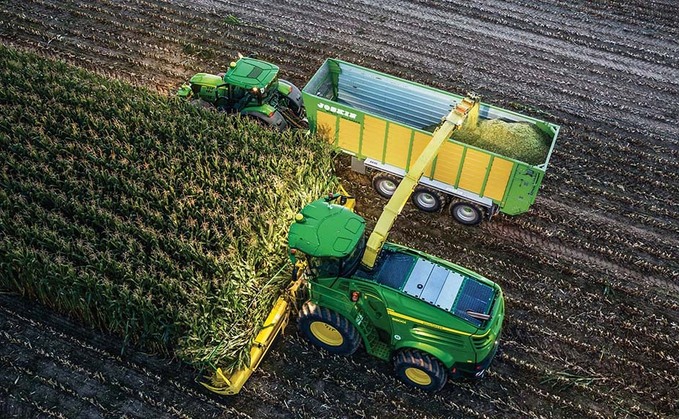
A switch from prolonged hot and dry weather to cooler and wetter days during much of July has given some crops a welcome boost.
At the time of writing (July 17) we have had 77mm of rain during the month, which has had a massive effect on root crops.
Sugar beet had pretty much managed to even up after the patchy start mentioned in my last report due to variations in moisture, and a month on it has made the most of the conditions, particularly later-drilled crops which have pushed on well.
All crops are now receiving fungicide and nutrition. I'm sticking with azoxystrobin + difenoconazole (Priori Gold) in the main, but will also be trying fluxapyroxad + mefentrifluconazole (Revystar), which is now approved for application on the crop.
Potassium
Potatoes have motored this season and have really made the most of the wet, cool conditions. Given the rapid growth, we have been busy petiole testing and, not surprisingly, this has shown that potassium is in short supply in some crops, even where the correct amount was applied pre-planting.
I have been recommending Wholly K, a foliar-applied metabolite complex that delivers a highly available form of potassium when conditions may limit soil uptake. The product also contains L-PGA to enhance nitrogen assimilation and it is working well. Further tests have shown the potassium shortages have been rectified, which will help crops develop to their full potential. As the run into harvest approaches, late blight is now the main concern.
Vining peas have been and gone and have been a mixed bag. Rather than dwelling on a less-than-spectacular season, now that land has been cleared we can move on and set fields up for the following winter wheat crop.
Wheat bulb fly
I advise establishing a catch crop at every possible opportunity as the threat of wheat bulb fly, which lays eggs on bare soil from now through to September, is never far away. A fast-growing catch crop such as cress/phacelia will help ensure good establishment and rapid cover and will also help condition the soil and suppress weeds, getting the next winter wheat crop off to a good start.
Maize could be one of the biggest success stories in my area this season. Growth has been fantastic and I am looking forward to the harvest starting, unless it's for combining, as this won't begin until November or December.
I am seeing more and more maize crops grown for grain due to the lack of imported material. Last season was reduced due to the high drying costs related to energy values, but it's a great break crop with a good gross margin.
Maize
The recent moisture has been less welcome when it comes to combinable crops. However, oilseed rape produced a good average yield, but there is no escaping the fact that margins are now under pressure.
After experiencing exceptional volatility over the past 18 months, rapeseed prices are now hovering around the £350/tonne mark. This, plus the ongoing doubts over establishment due to cabbage stem flea beetle, means oilseed rape's position in the rotation is not secure.
Winter barley was a winner this season with two-row crops in my region averaging 8.6t/ha. Spring barley is more mixed - crops look good, or look very poor, depending largely on date of emergence and subsequent growth.
However, I believe spring barley and spring oats have secured their place on many farms thanks to their low growing costs and risk, and the need for spring crops to help with black-grass reduction.
Winter beans have looked fantastic most of this season; however, atrocious weather in mid-July beat them up and reduced potential.
Now anticipation is building for the coming winter wheat harvest. Disease control has been more costly this season, but most crops have looked good and will have made the most of the plentiful sunshine and moisture we've had in recent weeks to aid grain fill.
There is no lodging to date - I don't skimp of growth regulator and never will - so varieties have a chance to show their true colours.













